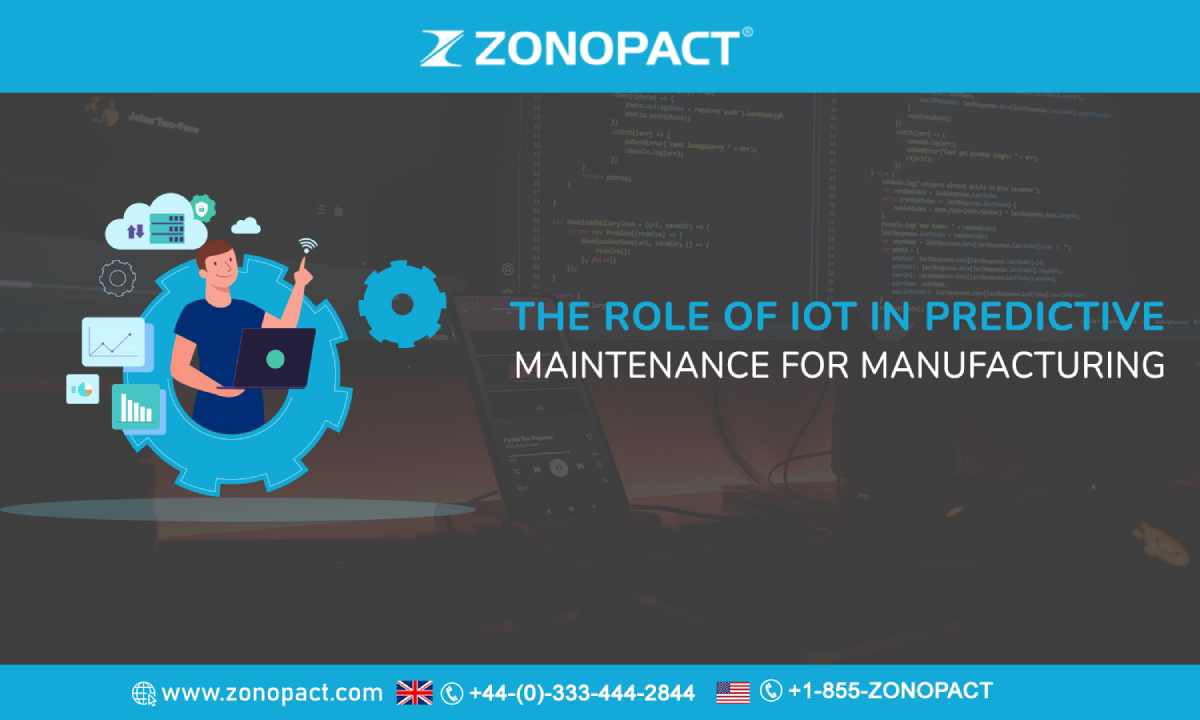
In today’s fast-paced world, manufacturing companies are increasingly turning to the Internet of Things (IoT) to optimize their operations and increase efficiency. One of the most promising applications of IoT in the manufacturing industry is predictive maintenance. By using sensors and analytics to monitor equipment in real-time, IoT can help companies identify potential issues before they turn into costly breakdowns. This not only saves money but also reduces downtime and improves overall productivity. In this article, we will explore the role of IoT in predictive maintenance for manufacturing and examine how this technology is revolutionizing the industry. We will also discuss the benefits and challenges of implementing IoT in a manufacturing environment and provide some real-world examples of companies that have successfully integrated IoT into their maintenance strategies. So, whether you’re a manufacturing company looking to improve your maintenance practices or a tech enthusiast interested in the latest IoT trends, this article is for you!br/>br/>